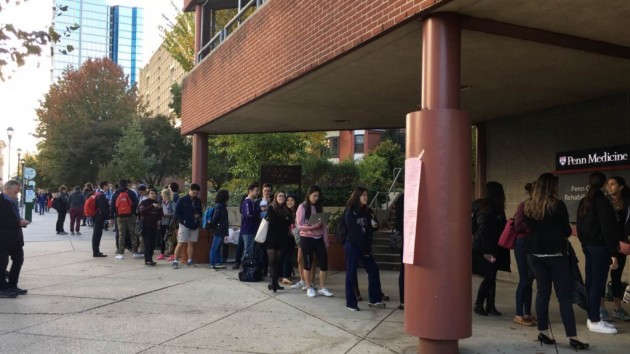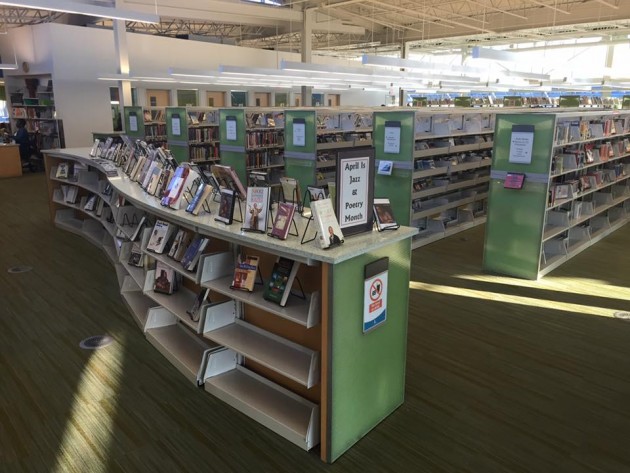In an effort to bridge the technological gap, the D.C. government is asking companies to bid on a project which will provide wireless service for those in low-income areas.
Proposals submitted by bidding companies will include where the network will be built and how they plan to charge paying customers; who could end up subsidizing free service for the poor, washingtonpost.com reported March 9.
"There isn’t sufficient market incentive to serve the lower-income parts of our city, and that’s what I am trying to do here," Mayor Anthony Williams told the publication.
In addition, the company that goes the farthest in serving low-income resident with free computers and training will get an exclusive, eight-year contract to attach wireless devices to the street lights and buildings in the District.The winning company will also have access to the District’s private fiber-optic network to carry wireless traffic toward the internet, the Post reported.
"Based on all the research that is out there…low-income people, when they are given access to the internet…use it for educational and asset-building purposes," said Alec Ross, one of the founders of One Economy Corporation, a national non-profit that brings technology into low-income households around the country.
A past project of the corporation was its Bring IT Home campaign that brought broadband Internet access into the homes of 200,000 low-income Americans, according to one-economy.com. They have also connected nine million people to their self-help online website Beehive, which provides information on education, health, employment and economic livelihood.
"Technology, when coupled with an intentional focus on maximizing the benefit of things for the poor, is cause for optimism," said Ross, who added that One Economy will assist the District’s effort by building anti-poverty programs to go with the wireless service.
Construction could begin by the year’s end, according to D.C. Deputy Chief Technology Officer Peter Roy, who is writing the District’s request for proposals.
"The essential evaluation factor will be: The more digital divide clients that you propose to serve within the first three years…the higher your ranking will be in the selection process," Roy told the Washington Post.



